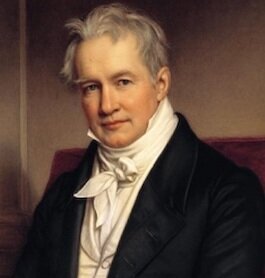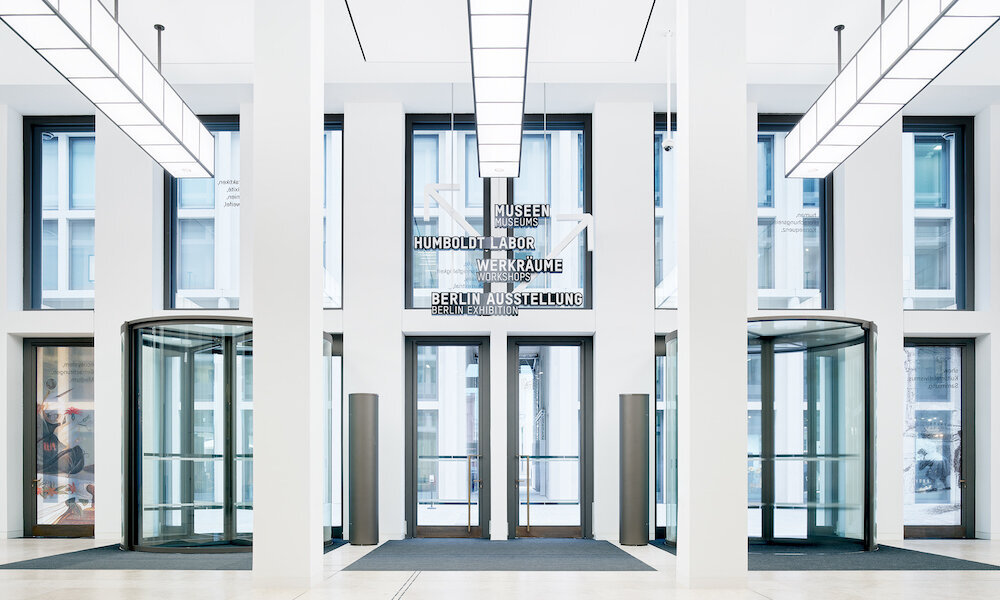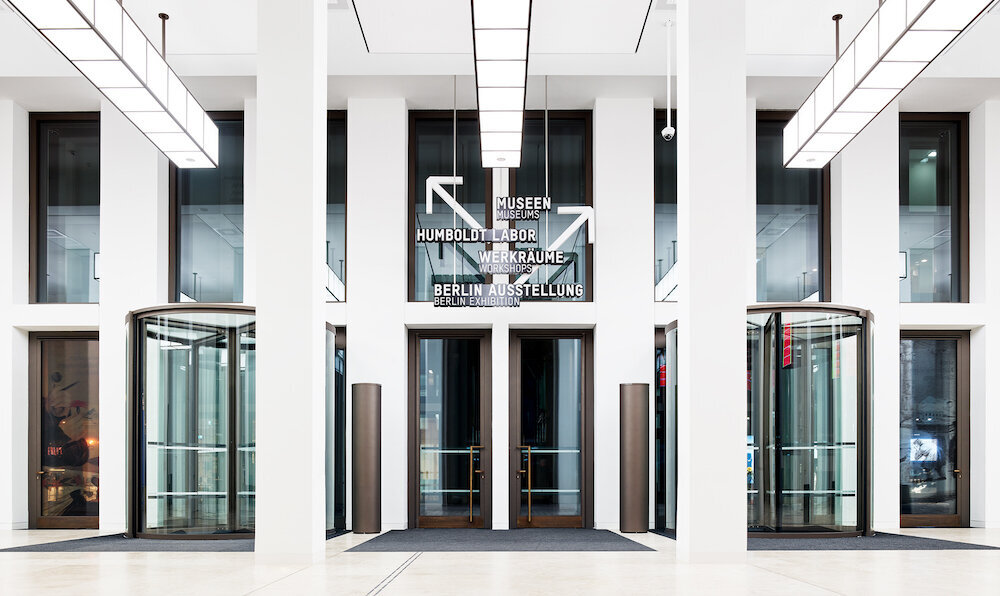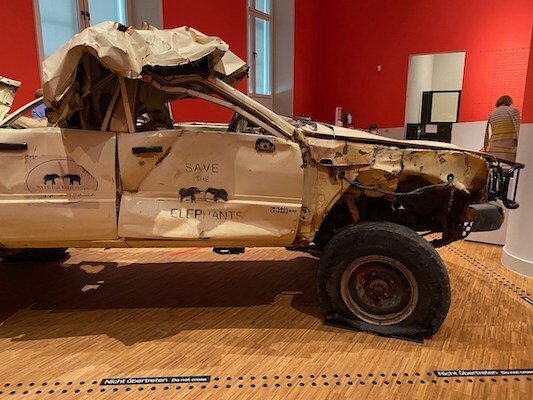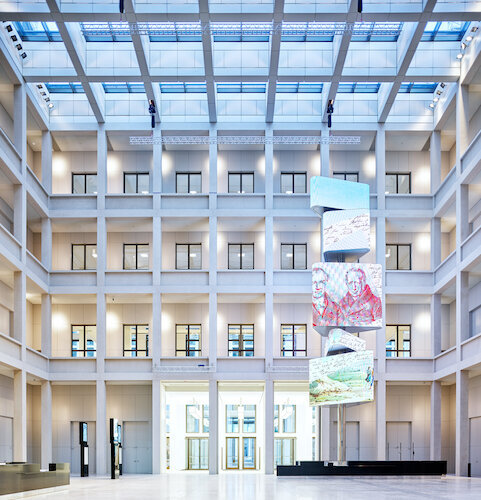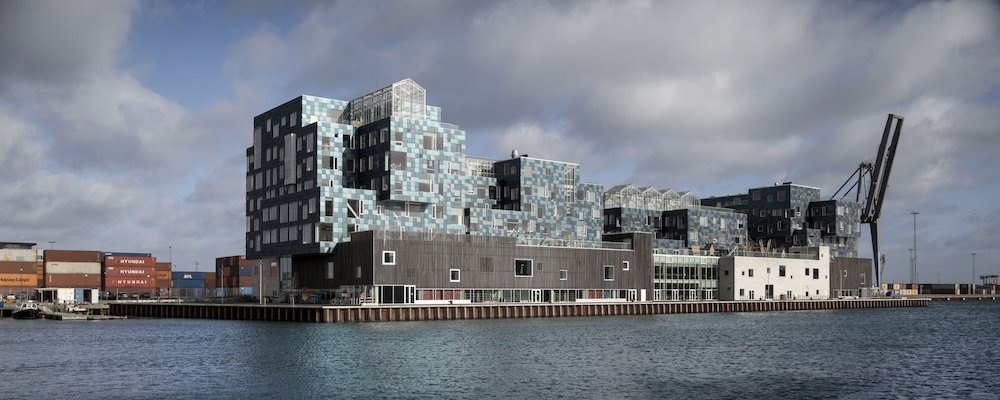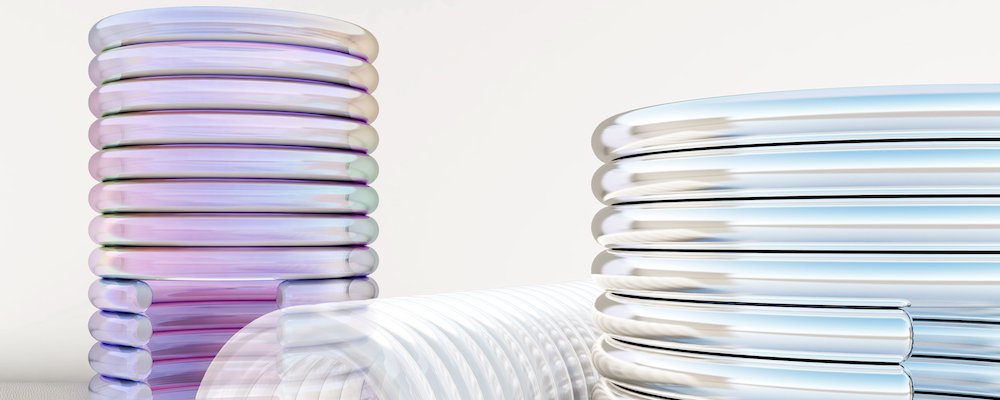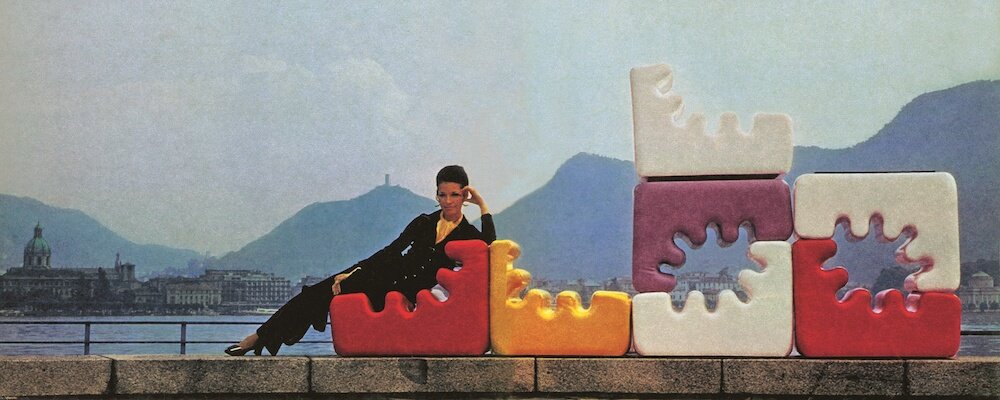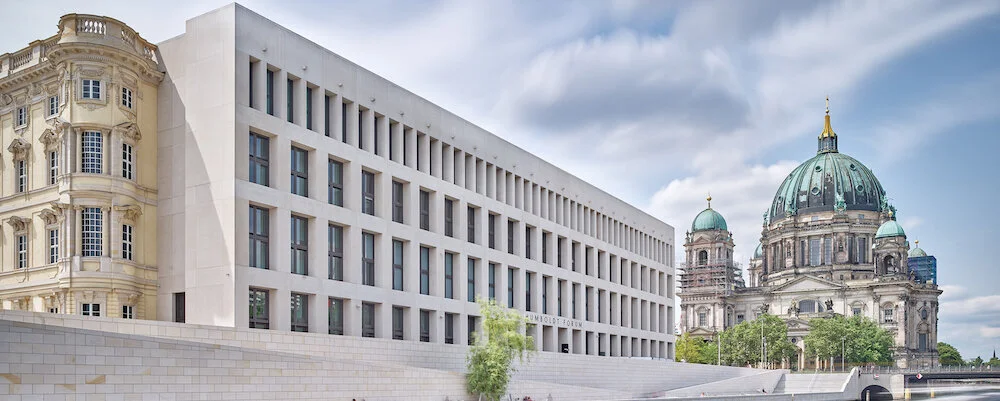#Landmark – The Humboldt Forum In Berlin - Part 2 - A Contemporary Home for the Arts
The partial reconstruction of the Berlin Palace was made under one condition: the castle should always remain recognisable from the outside but its interiors is now dedicated to Exhibitions, Ethnography and Asia Arts.
Part 2 – The Humboldt Forum - A Contemporary Home for the Arts
Berlin Mitte is the home of the Museum Island where the most prestigious collections and artefacts are on display. The UNESCO World Heritage site hosts the Pergamon Museum, the Altes Museum (Old Museum), the Neues Museum (New Museum), the Alte Nationalegalerie (Old National Gallery) and the Bode Museum. Recently the James Simon Gallery (below) opened in a brand new building signed by David Chipperfield.
Needless to say that the Humboldt Forum is in good company.
A place for culture and science, for exchange and debate
The Humboldt Forum is a space for open dialogue, both for Berlin locals and for visitors from all over the world. There are four partners bringing their expertise to bear: the Ethnologisches Museum and the Museum für Asiatische Kunst of the Staatliche Museen zu Berlin – Stiftung Preußischer Kulturbesitz, the Stadtmuseum Berlin, the Humboldt-Universität zu Berlin and the Stiftung Humboldt Forum im Berliner Schloss.
Namesakes and Missions
The Humboldt Forum is named after the Humboldt brothers, who stand for cosmopolitan openness and a thirst for knowledge: Alexander von Humboldt was an explorer and naturalist; Wilhelm von Humboldt was an educational reformer and scholar in the humanities.
Both brothers are nevertheless also representatives of their time, in their understanding of a supposedly neutral, universal European body of science. The Humboldt brothers as namesakes are an inspiration to engage in diverse, open dialogue and at the same time a reason to critically reflect on eurocentric world views.
The themes at the heart of the Humboldt Forum are:
Decolonialism and Provenance Research: Different Ways of Thinking and Acting
Knowledge: Production and Mediation, Exchange and Experience
Diversity Orientation: Living with Diversity, Creating Open Dialogue
Ground floor: entrance hall and stair hall, the foyer, halls for events and special exhibitions, permanent exhibitions on the history of the site, including the sculpture hall and the video panorama, together with museum shops, cafés and restaurants.
First Floor: The Berlin Global and Humboldt Lab exhibition and event spaces, as well as workrooms
Second and Third Floor: Collections from the Ethnologisches Museum and the Museum für Asiatische Kunst.
Between the collections there is also approximately 3,500 square metres of temporary exhibition space. Part of the basement houses the preserved sections of the Palace Cellar and an exhibition of archaeological finds.
The Foyer
Franco Stella has designed the Foyer as a ‘theatre of the present’: a spacious entrance hall with open porticoes and galleries. Cubic in shape, with a side length of around 35 metres, it is topped by a steel-framed glass roof. Galleries extend over four floors in its three modern-proportioned sides.
Open at last!
Opened since July 20th, the Humboldt Forum offers six exhibitions to its visitors. Offered is the correct word as the entrance will be free during the first 100 days. Already 100,000 visitors have discovered this new beacon of culture.
Terrible Beauty: ‘Elephant – Human – Ivory’
As far back as 40,000 years ago, humans were creating objects from mammoth tusks. Ivory’s highly-prized status runs through many cultures, across different continents, and over millennia right up to the present day. Both the tusk itself, and the objects fashioned from it, have consistently been objects of human desire, and hence have served as gift, commodity, and plunder. But since extraction of this precious material necessitates the death elephants, this human desire has turned the bearer of the material into an endangered species.
Humboldt Lab - ‘After Nature: What do climate change and species extinction have to do with the crisis of democracy?’
Global environmental changes not only pose a threat to the very basis of our livelihoods; they also have far-reaching repercussions for the political and social structures of societies.
The Humboldt Lab’s inaugural exhibition After Nature deals with the interdependencies of climate change and the loss of biodiversity and with worldwide challenges to democratic principles of order.
The other exhibitions include
Berlin Global: over 4,000sqm, a permanent exhibition exploring the story of the city through thematic displays incorporating a plethora of music, sounds, installations, art commissions, graphics, photographs and objects, that together create a powerful multi-layered experience.
Impressions: The Humboldt Brothers: highlighting the brother’s work, the circumstances of their time, and creates links to the principles of the Humboldt Forum.
Have a Seat! : offering children (3-10yo and their accompanying adults) a space to explore, play and learn about sitting in different cultures.
The history of the Humboldt Forum site: three different permanent displays free to visit help the visitor to understand the long and fascinating history of the site of the Humboldt Forum will also be open (Palace Cellar; Sculpture and Video Panorama).
==> The Humboldt Forum in Berlin - Part 1 - History & Architect is available here…


